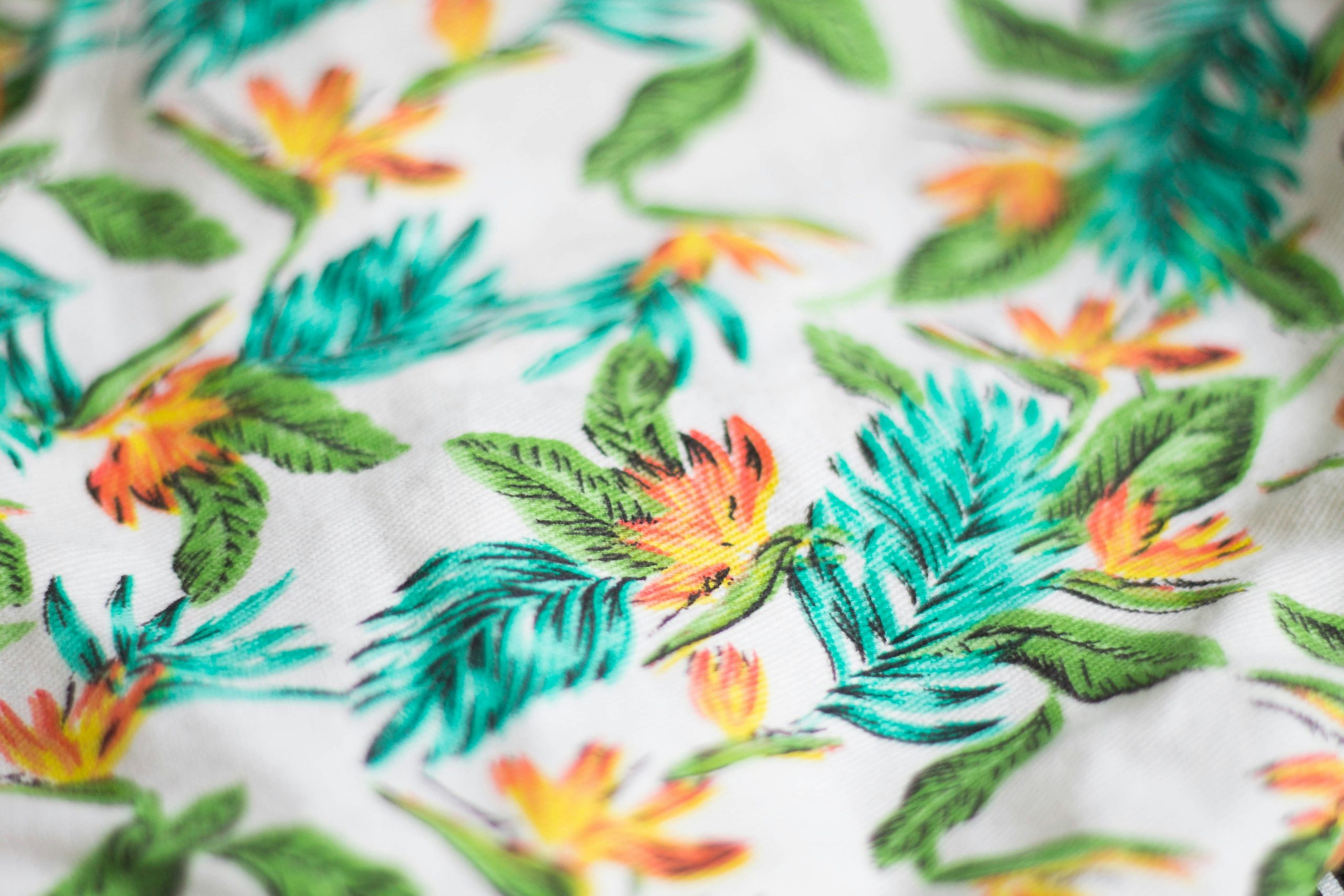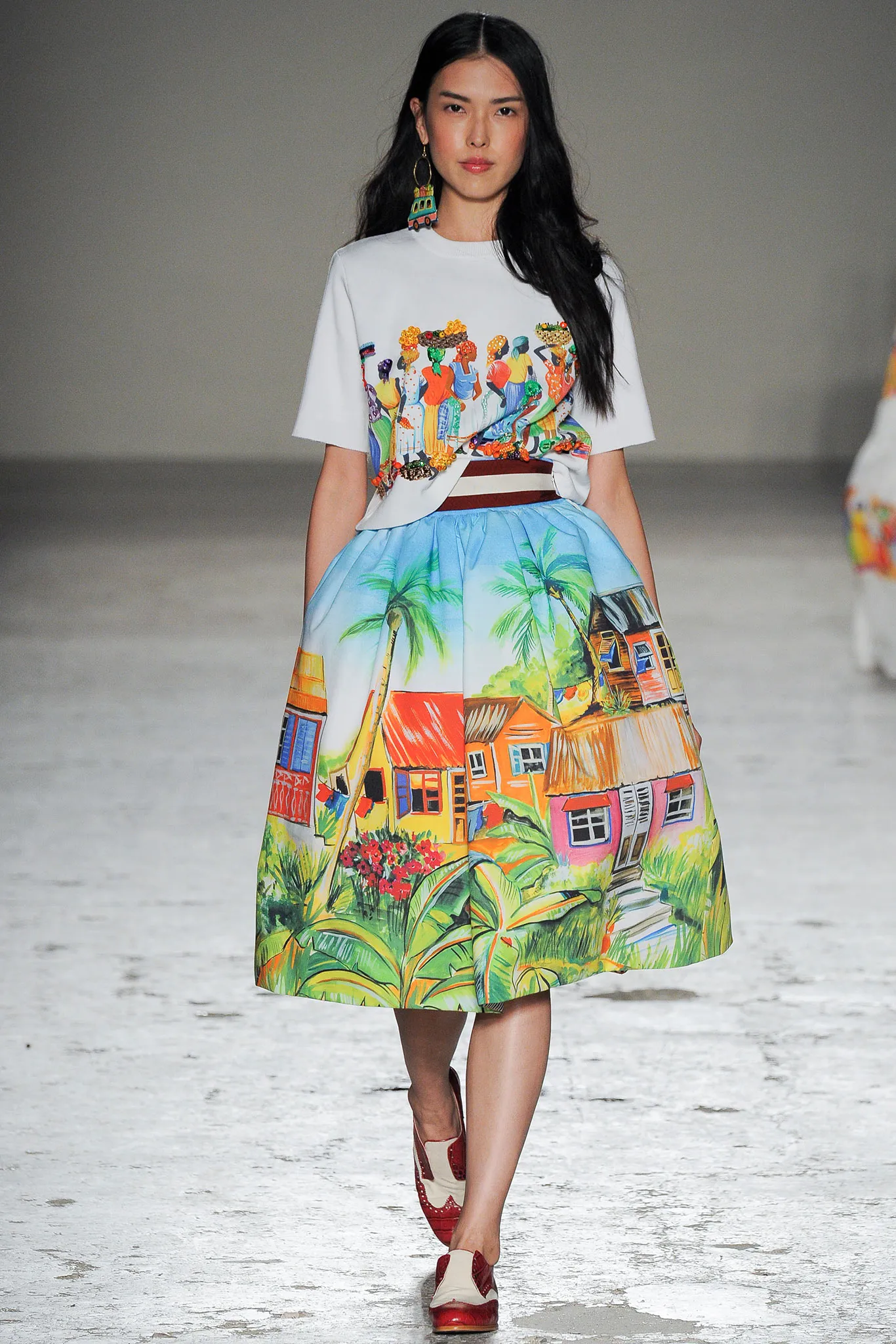
The textile industry has long been a vital part of global fashion, constantly evolving in terms of materials, production methods, and design innovation. In recent years, digital printing technology has emerged as a game-changer, especially in the high-end fashion sector. Digital printing offers an unprecedented level of precision, color vibrancy, and customization, transforming the way designers create and manufacture luxury garments. This article explores the significant impact of digital printing on high-end fashion textiles, highlighting the benefits, challenges, and future prospects for this technology in the fashion industry.
Digital printing has revolutionized textile production, offering a sustainable, versatile, and cost-effective alternative to traditional printing methods. Unlike screen printing, which requires the creation of physical screens for each design, digital printing uses digital files to directly print on textiles. This allows for highly detailed designs, intricate patterns, and vibrant colors, all with faster turnaround times and reduced waste.
In high-end fashion, where design exclusivity, fabric quality, and color accuracy are crucial, digital printing has opened new avenues for creativity and customization. Designers can now create intricate, bespoke prints on fabrics such as silk, wool, cotton, and even leather, without compromising on texture or feel.
Digital printing has undergone significant technological advancements in recent years, particularly in areas such as ink formulation, printhead technology, and material compatibility. The rise of eco-friendly inks, including water-based and UV-curable options, has made digital printing a more sustainable choice for fashion designers concerned with environmental impact.
One of the key advantages of digital printing is its ability to handle small-batch production runs. This is particularly beneficial for high-end fashion, where exclusivity is often a selling point. Designers can produce limited edition prints without the high setup costs associated with traditional methods, allowing for more experimentation with patterns and designs.
One of the primary advantages of digital printing in high-end fashion is the ability to create customized designs that are exclusive to individual collections or customers. Digital printing offers designers the freedom to print any image, pattern, or texture directly onto fabric, allowing for bespoke pieces that cater to specific market demands. This opens new opportunities for personalization, which is particularly appealing to luxury brands.
For instance, digital printing enables fashion designers to create limited edition garments, producing small batches of exclusive designs that are unique to their brand. As consumer demand for personalized and exclusive fashion grows, digital printing offers the perfect solution to meet this trend.
The speed at which digital printing can produce textile prints is a significant advantage for high-end fashion designers. Traditional printing methods require lengthy setup times for screens, while digital printing can directly transfer designs to fabric with minimal setup. This reduced production time means faster prototyping, quicker time-to-market for collections, and the ability to react swiftly to changing fashion trends.
Digital printing allows designers to experiment with an array of colors, gradients, and complex patterns that would be difficult or impossible to achieve with traditional printing techniques. This versatility is invaluable for high-end fashion, where innovation and creative expression are key components of a successful collection. Digital printing offers a wide spectrum of color possibilities, from rich, deep tones to delicate pastels, with precise color matching, ensuring the final product meets the designer’s vision.

While digital printing offers numerous benefits, it is not without its challenges, particularly in the high-end fashion industry. Some of the key challenges include:
Not all fabrics are compatible with digital printing, and the technology requires careful consideration of material types and properties. High-end fabrics, such as silk or fine wool, may require specialized treatment to achieve optimal print results. This can increase production costs and complicate the printing process, particularly for designers working with luxury materials.
Although digital prints are known for their sharpness and color accuracy, ensuring the longevity and durability of prints, particularly on luxury fabrics, is essential. High-end fashion garments are often subjected to frequent cleaning, so maintaining the integrity of the printed design over time is a concern. Advances in ink technology and post-treatment processes are helping to address these issues, but it remains an area for ongoing improvement.
While digital printing offers numerous benefits in terms of flexibility and speed, the initial investment in digital printing equipment can be substantial. For smaller fashion houses or boutique designers, the high cost of purchasing and maintaining digital printers may be a barrier to entry. However, with the growing availability of leasing options and lower-cost entry-level printers, this issue is becoming less of a concern for emerging designers.

At HOLDWIN, we are committed to becoming a world-renowned brand in digital printing. We understand the challenges faced by fashion designers and manufacturers in creating high-quality, sustainable, and exclusive garments. Our advanced digital printing solutions are designed to meet the unique needs of the high-end fashion sector, offering unparalleled precision, versatility, and speed.
We specialize in providing personalized solutions that cater to the specific needs of our clients. Whether it’s helping designers create bespoke prints or enabling small-batch production runs, HOLDWIN is at the forefront of innovation in the digital printing space. Our commitment to developing cutting-edge products ensures that we can offer high-end fashion professionals the tools they need to stay ahead of the curve in a competitive market.
“Working with HOLDWIN has transformed our design process. The precision and vibrancy of their digital prints have allowed us to bring our most ambitious designs to life. We no longer have to worry about the limitations of traditional printing methods. The customization options are endless, and the quality is unparalleled.”
Digital printing has made a significant impact on the fashion industry, particularly in the high-end sector. Its ability to offer customization, speed, and flexibility has opened up new possibilities for designers to create innovative and exclusive collections. While challenges remain, particularly in terms of fabric compatibility and durability, ongoing advancements in technology are helping to address these issues.
As digital printing continues to evolve, its role in high-end fashion is set to expand even further. With brands like HOLDWIN leading the way, the future of fashion printing is brighter than ever, offering limitless creative potential and the promise of a more sustainable and personalized approach to garment production.
References:
[1]Jones, S. (2022). Digital textile printing: The future of fashion. Textile World, 112(5), 45-48.
[2]Smith, D., & Green, M. (2021). Sustainability in digital textile printing: Innovations and challenges. Journal of Fashion Technology & Textile Engineering, 9(3), 215-220.
[3]Brown, T. (2023). Advances in ink technology for digital fabric printing. Fashion Technology Review, 14(2), 67-74.

Zhiyu is passionate about good products, good services, and good prices to let consumers know that choosing us is the right choice! For partners and end customers, we will provide one-on-one considerate smart services and provide you with more high-quality procurement solutions.